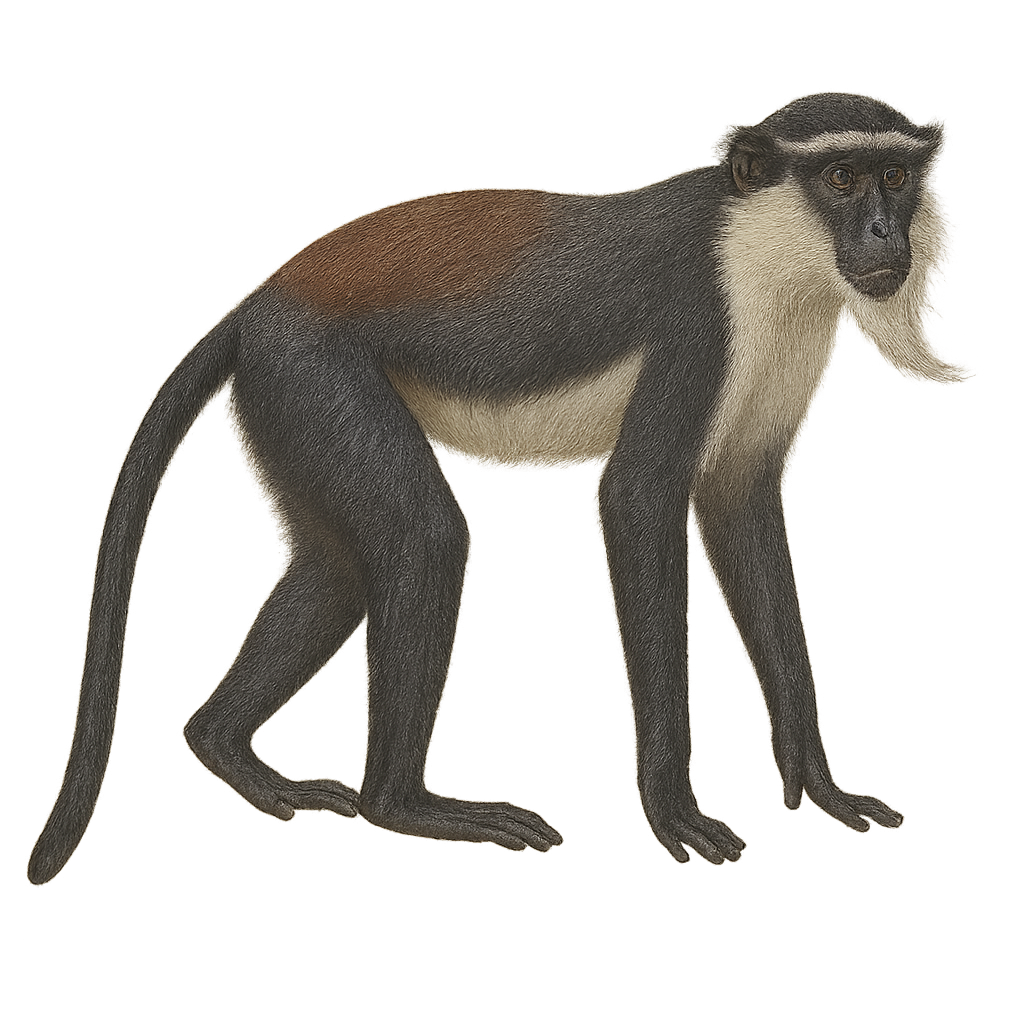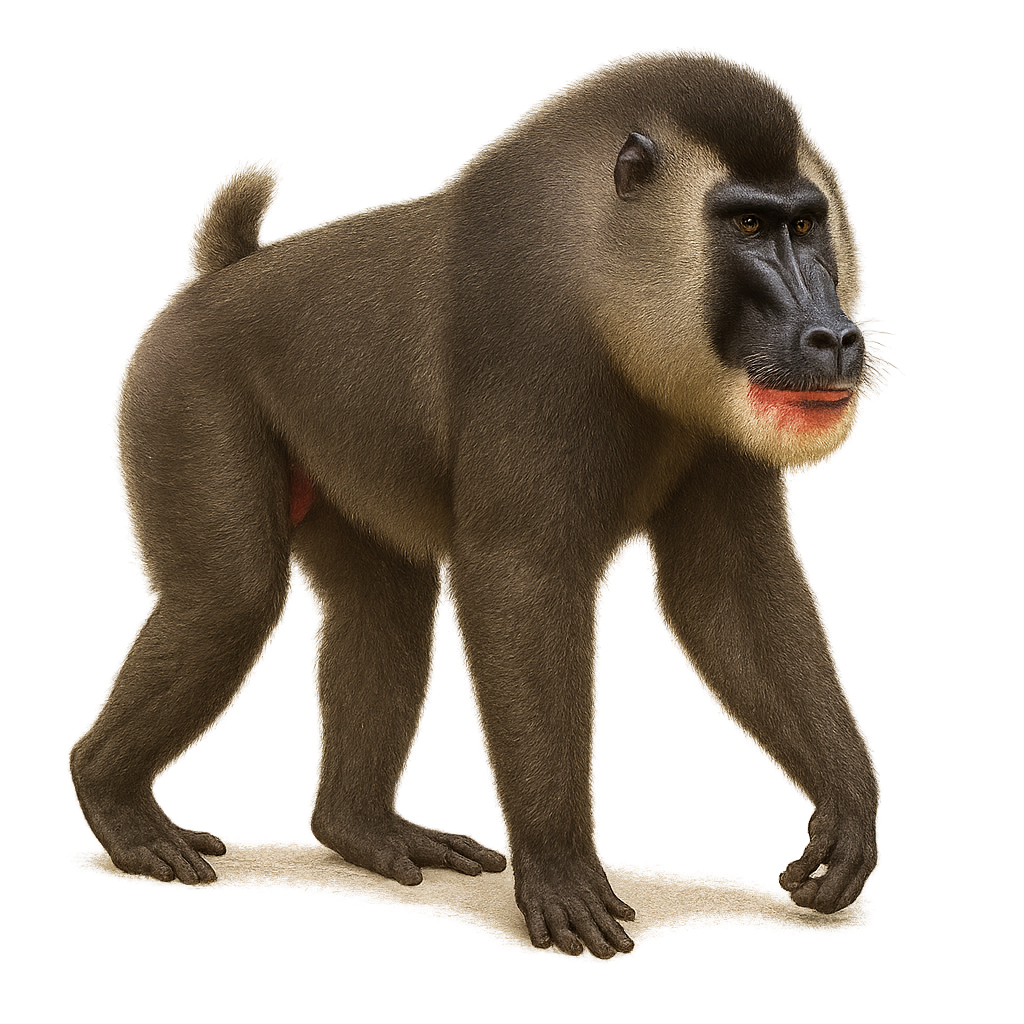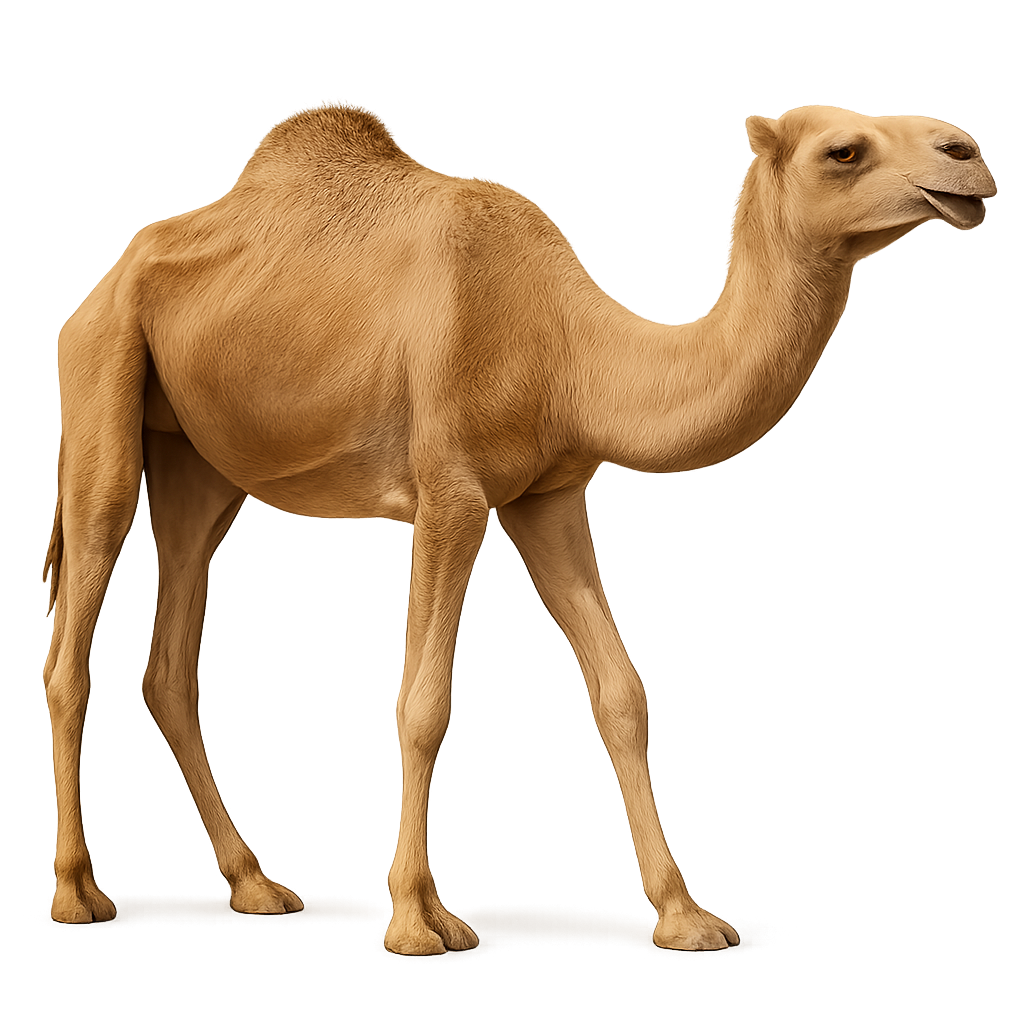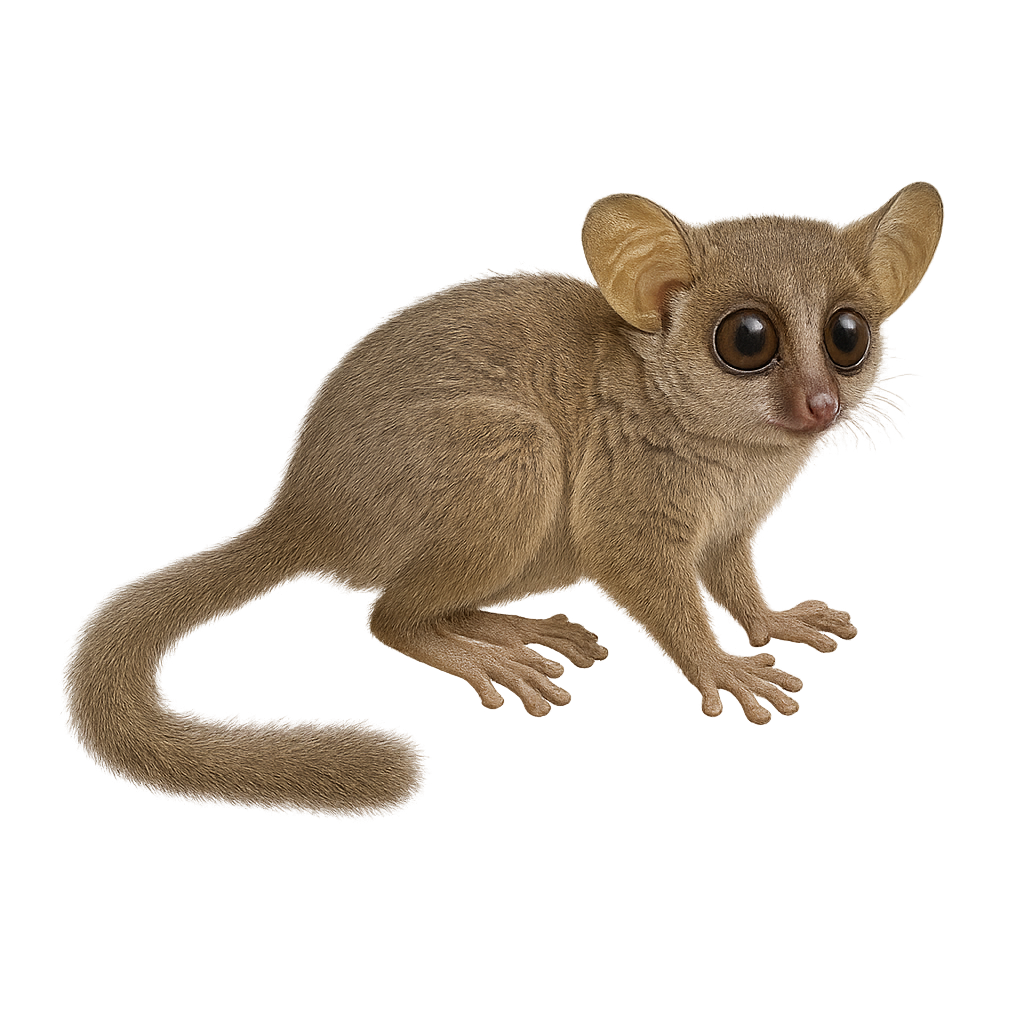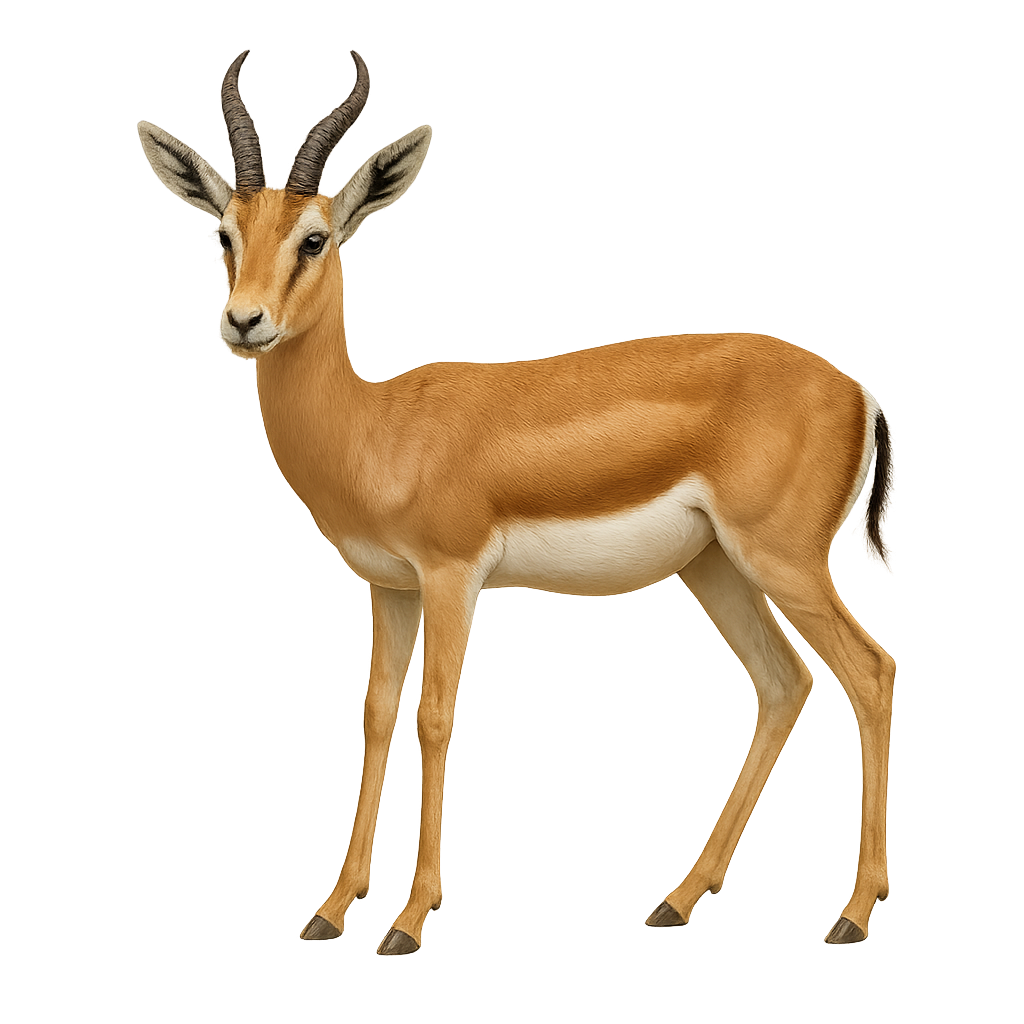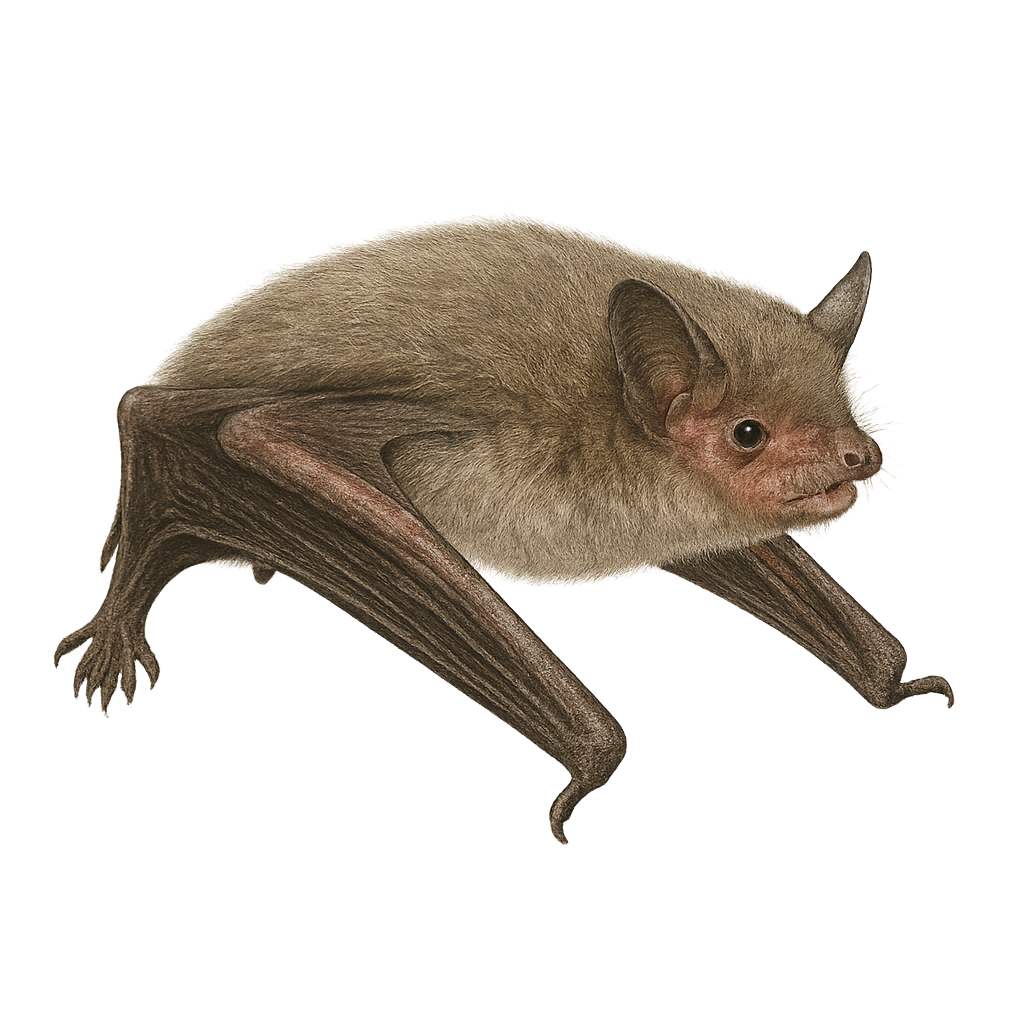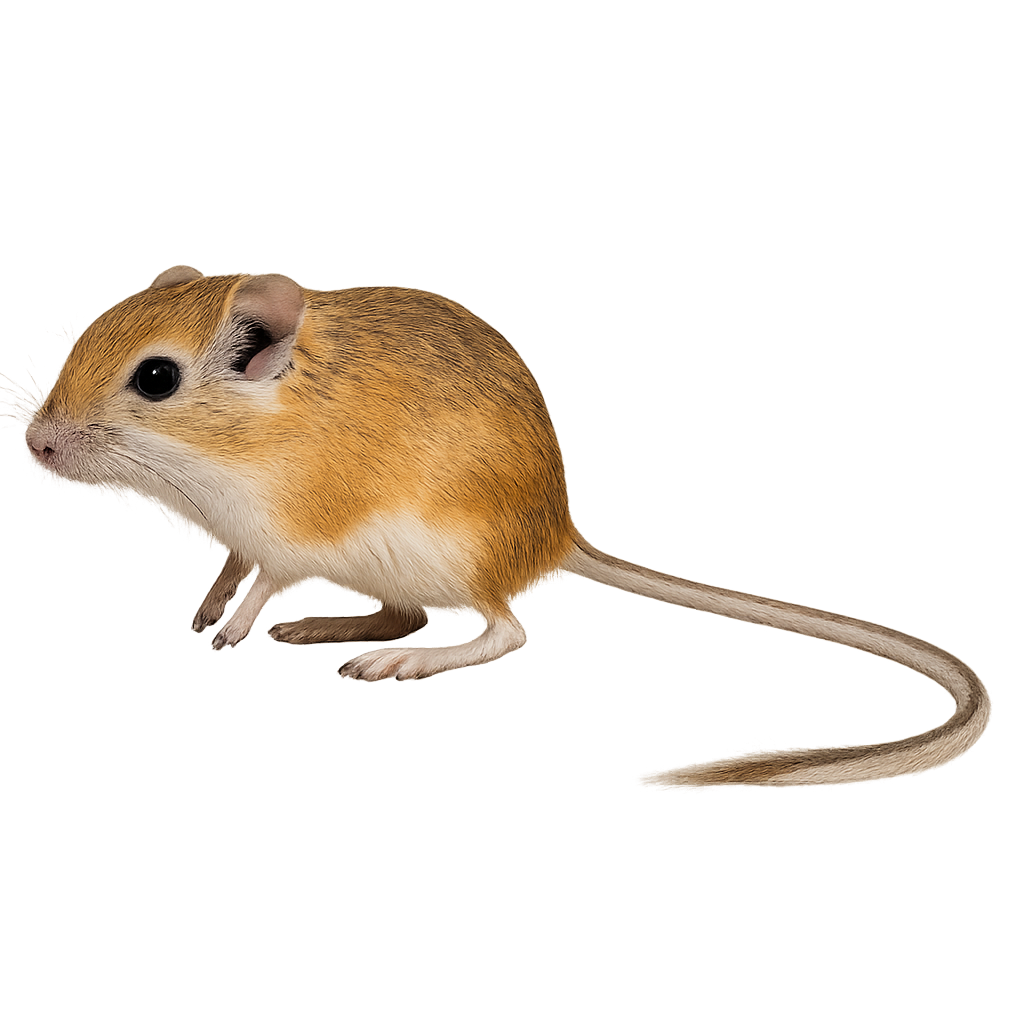Your wildlife tracking tool..
Browse 2,846species by country, track observations, and plan your photo outings.
Your global reference for wildlife photography
WildlifePhotographer gives you access to over 2,846 wildlife species sheets to help you identify, understand, and photograph wildlife around the world. Mammals, birds, reptiles… each sheet provides key information: habitat, activity, life cycle, signs of presence, and tailored photo tips.
Our database grows every week with new iconic species. To go further, access maps, reminders, logs, and personalized statistics in the app — designed to meet the real needs of wildlife photographers in the field.
Dian's monkey
Cercopithecus mitis
The Diademed Monkey is a primate of the Cercopithecidae family, native to the tropical forests of Central Africa, primarily in the Democratic Republic of Congo, Uganda, and Kenya. This monkey is recognizable by the crest of hair on the top of its head, forming a 'diadem,' from which it gets its name. The Diademed Monkey is a social animal living in groups and feeds primarily on fruits, leaves, and insects. It is also known for its complex vocalizations and marked social behaviors, communicating with other group members to establish relationships and organize movements.
Diana monkey
Cercopithecus diana
The Cercopithecus diana, or Diana monkey, is an arboreal primate native to the tropical forests of West Africa. It is distinguished by its black and white fur, with a characteristic crescent-shaped white band on its forehead. This monkey is agile and spends most of its time in trees, feeding mainly on fruits, leaves, and insects. Social groups usually consist of a dominant male and several females with their young. The Diana monkey is known for its varied vocalizations, used for communication within the group and to warn of predators. Unfortunately, it is threatened by deforestation and hunting, leading to a decline in its population.
Drill
Mandrillus leucophaeus
The Mandrillus leucophaeus, commonly known as the drill, is a primate from the Cercopithecidae family. It is characterized by its dark fur and colorful face, with shades of blue and pink around the nose. Males are significantly larger than females, weighing up to 30 kg. They primarily inhabit the tropical forests of Cameroon, Nigeria, and Equatorial Guinea. Drills are social animals, living in groups led by a dominant male. Their diet mainly consists of fruits, leaves, and insects. Unfortunately, this species is threatened by deforestation and hunting, leading to a significant decline in its population.
Dromedary
Camelus dromedarius
The dromedary, Camelus dromedarius, is a large mammal with a single hump, well adapted to arid and desert environments. Originally from the Arabian Peninsula, it is now widely domesticated and used as a pack and transport animal in many regions of the Middle East and North Africa. Its hump, made of fat, allows it to survive long periods without water. The dromedary has a distinctive gait, moving at a steady pace over long distances. Its thick skin and closable nostrils protect it from sandstorms. Dromedaries are herbivores that primarily feed on dry and thorny vegetation.
Dugong
Dugong dugon
The Dugong is a marine mammal and herbivore primarily found in warm, shallow coastal waters of the Indian Ocean and Pacific. Closely related to manatees, it is more agile, with a streamlined body designed for swimming. The Dugong feeds on seagrasses, primarily seagrass species, which it pulls from the ocean floor. Although a protected species, the Dugong is threatened by habitat loss, pollution, accidental fishing, and climate change.
Demidoff's Dwarf Galago
Galagoides demidoff
The Demidoff's dwarf galago, also known as the Demidoff's bushbaby, is a small nocturnal primate native to the tropical forests of Central and West Africa. It is characterized by its diminutive size, measuring about 15 cm in length with a tail nearly as long. Its fur is soft and dense, typically gray-brown, allowing it to blend seamlessly into its natural surroundings. Its large, round eyes are adapted for night vision, and its mobile ears help detect the slightest sounds. It primarily feeds on insects, fruits, and tree gum. Although mostly solitary, it communicates with its peers through various vocalizations.
Dorcas gazelle
Gazella dorcas
The Dorcas gazelle is a small, graceful antelope well adapted to the arid environments of the Sahara and surrounding regions. It is distinguished by its light beige coat, which allows it to blend into the desert, and its elegantly curved horns. Standing about 55 to 65 cm at the shoulder and weighing between 15 and 20 kg, it is agile and fast, capable of running at high speeds to escape predators. Its diet mainly consists of leaves, flowers, and fruits, enabling it to survive in areas where water is scarce. The Dorcas gazelle is a symbol of grace and resilience in extreme conditions.
Daubenton's bat
Myotis daubentonii
The Daubenton's bat is a medium-sized bat, easily recognizable by its brown-grey fur on the back and lighter on the belly. Its ears are short and rounded, and its wings are long and narrow, adapted for fast and agile flight. This species is often seen flying low over water bodies, where it primarily hunts aquatic insects. It uses echolocation to navigate and locate its prey. The Daubenton's bat is a nocturnal animal, spending its days in shelters such as tree cavities, buildings, or bridges. It is widely distributed in Europe and Asia, preferring habitats near water.
Desert Kangaroo Rat
Dipodomys deserti
The Dipodomys deserti, or desert kangaroo rat, is a fascinating rodent inhabiting the arid regions of the western United States. This small mammal, weighing between 70 and 130 grams, is perfectly adapted to desert life. It has long hind legs that allow it to leap great distances, much like a kangaroo, hence its name. Its fur is generally sand-colored, providing excellent camouflage in its environment. The desert kangaroo rat is primarily nocturnal, allowing it to avoid the intense daytime heat. It mainly feeds on seeds, which it stores in its cheek pouches to transport back to its burrow.



